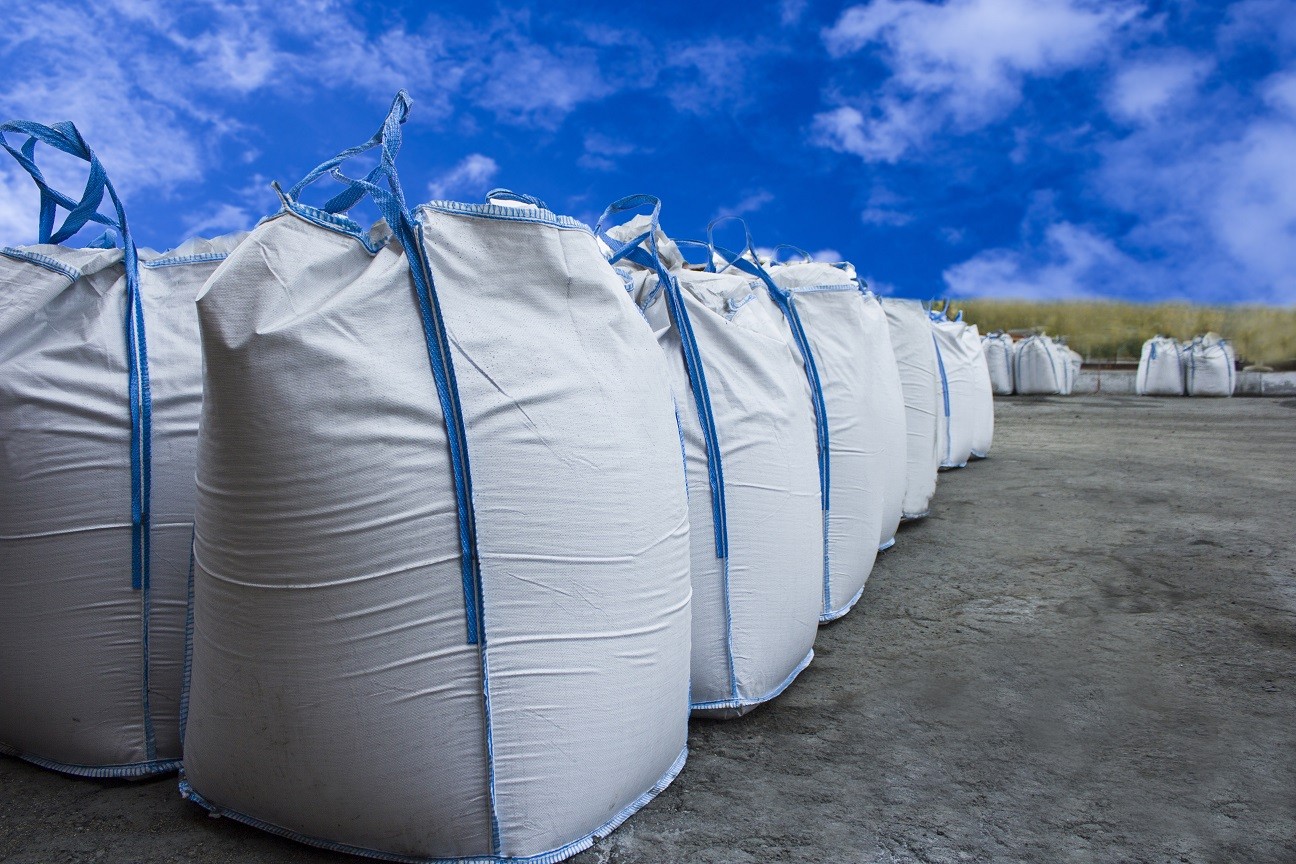Proper Selection of Raw Materials Based on Regional UV Radiation Intensity
Just like our skin, plastics are also impacted by exposure to UV radiation from sunlight. The UV radiation’s intensity is measured in kLy (kilo-Langley), a unit of which represents how much UV radiation energy falls on a cm² per year.
Ultra Violet radiation is variable and depends to a large extent on the geographical location. So UV Masterbatch selection & dosage is decided based on the end product usage location.
Effect of Pesticides & Other Chemicals on the Performance of UV Additive
UV masterbatches are widely used for agricultural films & nets.
These films are exposed to maximum radiation and are susceptible to severe photodegradation. The selection of UV, in this case, depends on many factors.
The chemical resistance of the UV towards pesticides, fertilizers and other chemicals are of much importance in this case.
Dispersion & Uniformity in UV Masterbatch For Prolonged Effectiveness
UV masterbatches are produced with a single or combination of UV and other additives. So proper dispersion of these additives is most important.
Anyone can make a UV masterbatch by adding the additive to a polymer and extruding it to make the UV granules. But the type of polymer, mixing process, screw configuration of the equipment is deciding the dispersion of the UV additive.
The inconsistency of the UV content in the masterbatch can lead to serious performance issues.
Food Grade, ROHS, REACH Regulations
Masterbatch manufacturers are focussing hard on the increased regulatory environment along with a commitment to achieve the best UV stabilizer performance.
The new regulations not only affects the finished product standards but also define the additive processing methods.
The EU REACH is continuously updating new requirements on chemical products either manufactured or imported into EU countries. FDA and ROHS compliances are applicable for UV additives used for food contact applications.
Effective Active Content & Effect of Other Additives Present in the System
UV performance is boosted by some of the other additives present in the masterbatch. Some of the Antioxidant additives will help in improving UV retention.
The presence of some pigments like TiO2 and carbon black also will improve the UV retention. Need to check the interaction of additives like Slip, Antistatic etc present in the system.
Proper Selection of Colorant Along With UV is Essential to Retain Aesthetics
UV additives protect the polymer from degrading and discolouring. But aesthetics cannot be guaranteed only with the addition of UV stabilizers.
The product should be produced with sufficient thickness and the colourants used should be with good light fastness properties.
Lower light fastness pigments will fade or discolour even after the addition of UV.
The Effect of UV on Fire Retardancy
The interaction of UV additives on FR properties and vice versa should be properly checked.
FR properties always deteriorate with the addition of UV. But the fire retardant and UV additive system can be selected for minimum interaction.
This will allow a flame-resistant product with long service life.
Correlation Between Actual Exposure & Simulated Laboratory Exposure
Accelerated UV-weathering cycles are predominately used for evaluating the durability of plastic materials but the correlation is yet to be established.
The reason is the difference in photodegradation pattern of various polymers and the failure is defined based on various parameters.
For polyethyle films, the criteria of failure may be loss in elongation, but for PP raffia the retention in tensile strength & elongation will be equally important.
The actual exposure at various locations with different climatic conditions cannot be exactly extrapolated but the accelerated weathering tests simulate the environmental instability of polymeric materials over a relatively short time frame.



0 Comments